Trichomoniasis vs. Menopause Symptom Checker
This tool helps identify symptom patterns that may indicate trichomoniasis versus menopause-related changes. It is NOT a diagnostic tool. Please consult a healthcare provider for proper testing and treatment.
Imagine dealing with unexpected spotting, burning, or odd discharge while also navigating the roller‑coaster of menopause. It’s a confusing mix, but knowing how trichomoniasis behaves in a post‑menopausal body can make the difference between lingering discomfort and swift relief.
What Is Trichomoniasis?
Trichomoniasis is a sexually transmitted infection caused by the protozoan Trichomonas vaginalis. It thrives in warm, moist environments and spreads through genital contact. In younger women, the infection often shows up as frothy, yellow‑green discharge, itching, and a burning sensation during urination.
Understanding Menopause
Menopause marks the end of a woman's menstrual cycles, typically occurring between ages 45 and 55. The hallmark is a sharp decline in estrogen, which brings about changes like vaginal dryness, thinning of the vaginal lining (atrophy), and altered pH levels.
Why Symptoms Overlap
Both conditions affect the vagina, but they do so in different ways. Menopause‑related atrophy reduces lubrication, which can cause itching and irritation that feel similar to an infection. At the same time, a lower estrogen environment creates a pH that can favor the growth of Trichomonas vaginalis. This overlap often leads women to misattribute infection signs to menopause, delaying proper treatment.
Key Differences: Trichomoniasis vs. Menopause‑Related Changes
| Aspect | Trichomoniasis | Menopause‑Related Vaginal Changes |
|---|---|---|
| Discharge | Frothy, yellow‑green, often with a foul odor | Thin, clear or whitish, no odor |
| Itching/Burning | Intense, often worse after intercourse | Mild to moderate, linked to dryness |
| Timing | Can appear suddenly after a new partner or unprotected sex | Develops gradually over months to years |
| Lab Test | Microscopic wet mount, NAAT, or culture positive for Trichomonas vaginalis | pH > 5, but no organism detected |
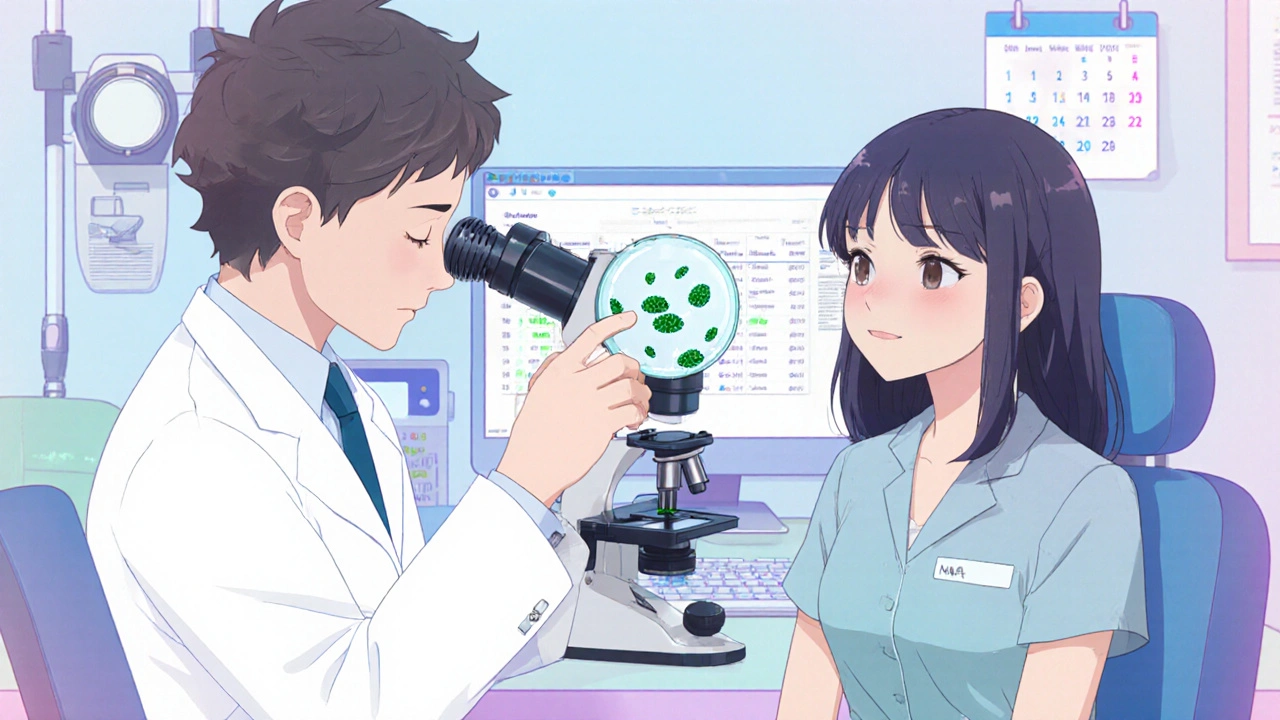
How to Get a Definitive Diagnosis
- Visit a health‑care provider for a pelvic exam.
- Ask for a wet‑mount microscopy; the presence of motile trichomonads is a clear sign.
- Consider a nucleic‑acid amplification test (NAAT) if microscopy is inconclusive; NAATs have > 95% sensitivity.
- Rule out other infections (bacterial vaginosis, yeast) with a comprehensive vaginal swab.
Because menopause can mask or mimic infection, a lab test is essential before starting any medication.
Treatment Options Tailored for Post‑Menopausal Women
First‑line therapy remains a single dose of Metronidazole 2 g orally, or a 500 mg dose taken twice daily for seven days. Tinidazole (2 g single dose) is an effective alternative with fewer side effects. However, post‑menopausal women should consider the following tweaks:
- Combine antibiotics with moisturizers. Vaginal moisturizers (e.g., hyaluronic‑acid based) help maintain the lining after treatment.
- Address estrogen deficiency. Low‑dose vaginal estrogen (creams or tablets) improves tissue health and reduces recurrence risk.
- Monitor for drug interactions. Many women on Hormone Replacement Therapy also take anticoagulants; discuss with a clinician before starting metronidazole.
Partner treatment is critical; both partners should complete the full antibiotic course to prevent reinfection.
Prevention Strategies That Respect Menopause Changes
- Use condoms consistently; they reduce the transfer of the parasite.
- Limit exposure to new sexual partners without prior testing.
- Maintain vaginal health with regular moisturization and, if appropriate, vaginal estrogen.
- Schedule annual pelvic exams; early detection catches asymptomatic cases.
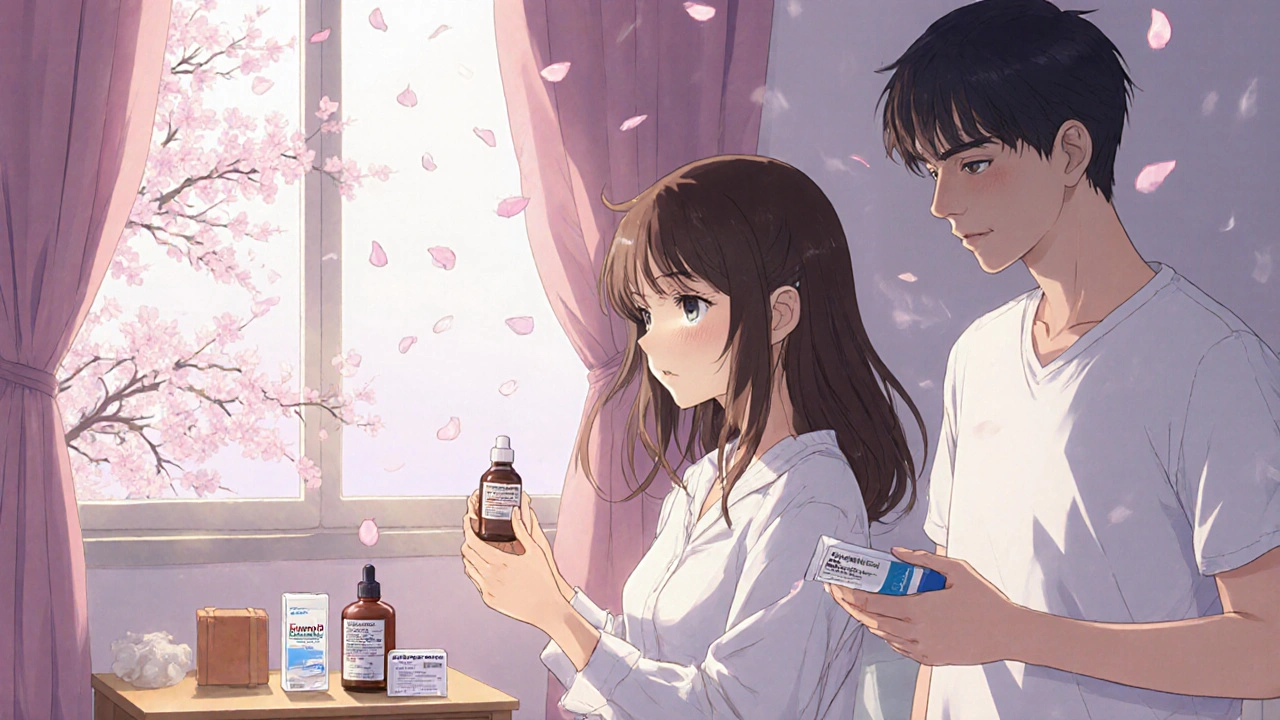
When to Seek Immediate Care
If you notice a sudden increase in discharge, severe burning, or pain during intercourse, call your provider right away. Untreated trichomoniasis can increase the risk of pelvic inflammatory disease, urinary tract infections, and even higher susceptibility to HIV.
Quick Takeaways
- Trichomoniasis can masquerade as menopause‑related dryness; lab testing is the only way to confirm.
- Standard antibiotics work, but pairing them with estrogen therapy cuts recurrence.
- Both partners need treatment to avoid a ping‑pong cycle of infection.
- Prevention hinges on barrier protection and vaginal health maintenance.
Frequently Asked Questions
Can trichomoniasis cause bleeding in post‑menopausal women?
Yes. Irritation from the parasite can lead to tiny tears in the thin vaginal lining, which may appear as spotting or light bleeding.
Is over‑the‑counter yeast cream effective against trichomoniasis?
No. Yeast creams target Candida, not Trichomonas vaginalis. Using them won’t clear the infection and may delay proper treatment.
How long after treatment can I have sex again?
Wait 7 days after completing the full antibiotic course. This reduces the chance of passing the parasite back to a partner.
Does hormone replacement therapy (HRT) protect against trichomoniasis?
HRT can improve vaginal tissue health and restore a more acidic pH, making the environment less friendly to the parasite, but it’s not a substitute for antibiotics if you’re infected.
Can I get tested for trichomoniasis at home?
Home kits are available, but their sensitivity is lower than clinic‑based NAATs. A negative home test should still be followed by a professional exam if symptoms persist.

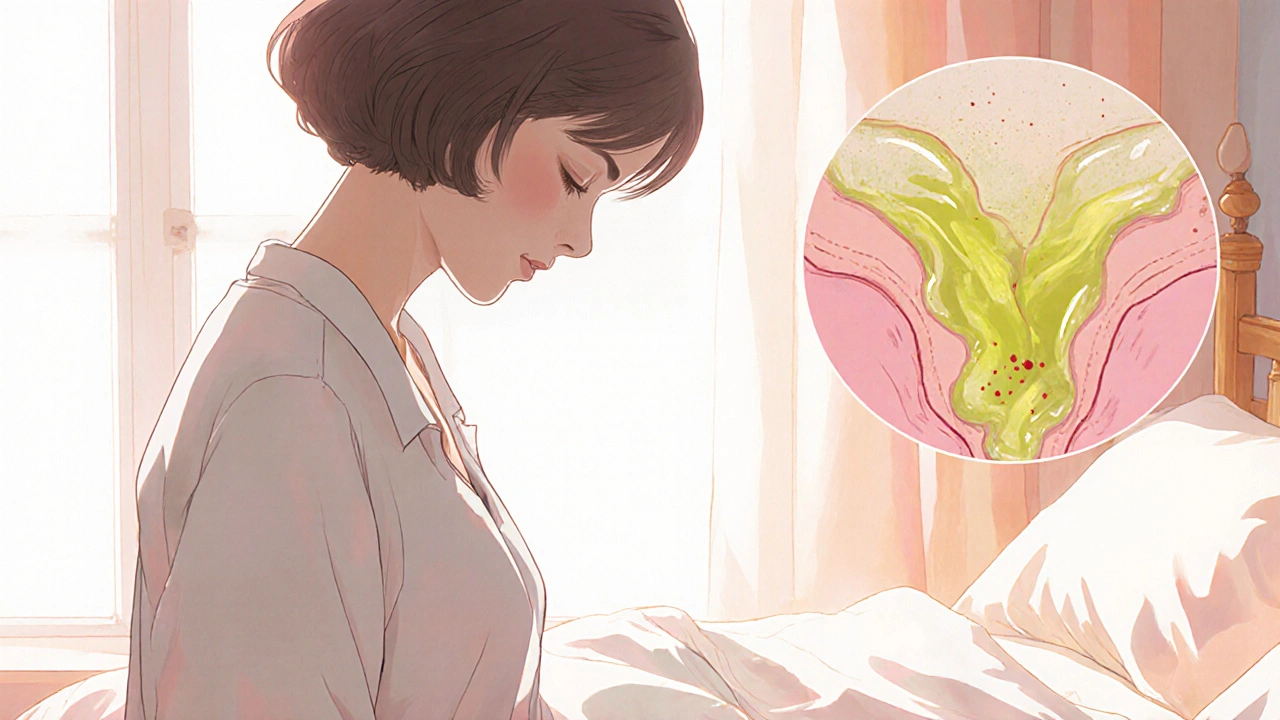




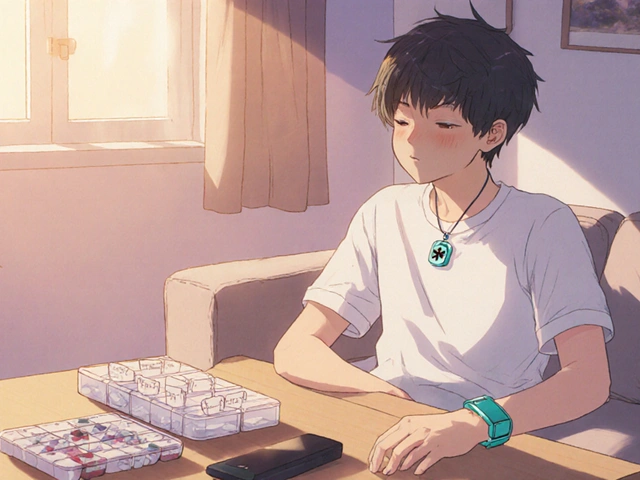

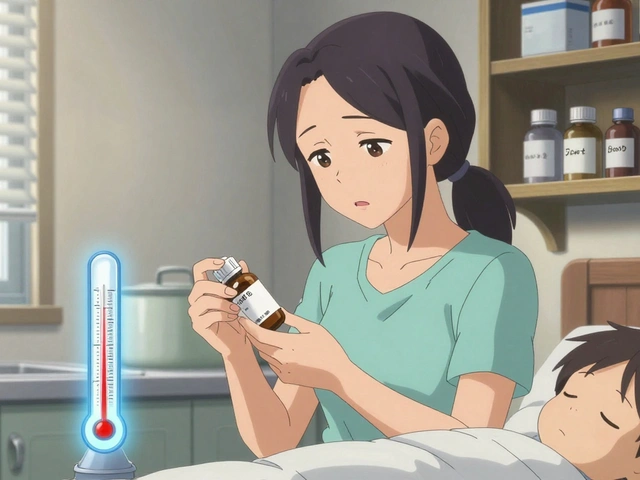

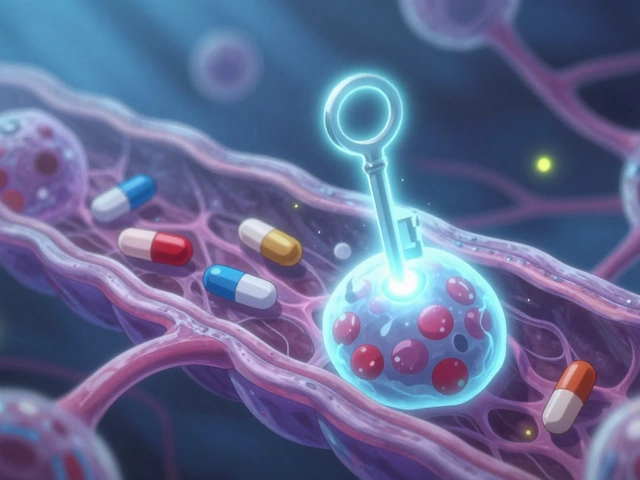
Nikita Shue
October 21, 2025 AT 21:01 PMHey ladies, navigating menopause and a surprise infection can feel like a roller‑coaster, but you’ve got this! First up, never assume any discharge is just “dryness” – get a proper wet mount or NAAT as soon as you notice changes. Those labs will spot those frothy green critters faster than a guess ever could. While you’re waiting, keep your vaginal area moisturized with a water‑based gel; it reduces irritation and helps the lining heal. If your doctor prescribes metronidazole, finish the whole course even if symptoms fade. Pairing the antibiotic with a low‑dose vaginal estrogen cream can restore acidity and keep the parasite from making a comeback. Talk to your partner too – they need the same dose to break the infection loop. For folks on HRT, double‑check with your provider that metronidazole won’t clash with any blood thinners. Remember, condoms are still your best friend for preventing new hits. Regular pelvic exams every year give you a head‑start on spotting any hidden issues. If you experience sudden spotting, burning, or a foul odor, call your clinic right away – early treatment cuts complications. Don’t rely on over‑the‑counter yeast creams; they won’t touch Trichomonas. Home test kits can be a quick screen, but a negative result should still be followed up if symptoms linger. Staying active, eating fiber‑rich foods, and hydrating keep your overall health in check, which supports vaginal health too. You’re stronger than any infection, and with the right steps you can sail through menopause without surprise setbacks!
Heather McCormick
October 24, 2025 AT 04:35 AMOh, you thought “just menopause” was the culprit? Surprise, it’s a protozoan party. Get a lab test before you blame hormones, unless you enjoy guessing games. And yes, both partners need meds-no exceptions.
rose rose
October 26, 2025 AT 11:08 AMThey’re probably hiding the cure in plain sight, watch the shadows.
Emmy Segerqvist
October 28, 2025 AT 18:41 PMWow!!! The drama of a tiny parasite stealing the spotlight in the golden years!!! Is it any wonder the body screams in protest??? Moisturizers, estrogen, and a double dose of truth-let’s end this saga!!!
Trudy Callahan
October 31, 2025 AT 02:15 AMIn the grand tapestry of womanhood, each thread of discomfort weaves a lesson; the parasite is but a fleeting shadow, a reminder of the body's silent dialogues-listen, test, and heal; for in the balance of pH and pride lies the true sovereignty of health.
Eddie Mark
November 2, 2025 AT 09:48 AMHonestly the whole thing feels like a weird mix of a summer storm and a slow sunrise you just have to ride with some good cream and a clear plan.
Caleb Burbach
November 4, 2025 AT 17:21 PMFrom a clinical standpoint, the gold standard remains nucleic‑acid amplification testing-its sensitivity exceeds 95 % 🚀. Coupled with metronidazole adherence, recurrence drops dramatically 📉. Pairing therapy with low‑dose vaginal estrogen restores the acidic milieu, creating an inhospitable environment for Trichomonas 🌿. Always verify drug interactions, especially with anticoagulants, before starting treatment ✅.
Danica Cyto
November 7, 2025 AT 00:55 AMOne could argue that the unseen forces of hormonal shift subtly set the stage for opportunistic microbes; yet the true power lies in our willingness to seek knowledge, not in the shadows of conspiracy.
Raja M
November 9, 2025 AT 08:28 AMHey there, I totally get how confusing the symptoms can be-menopause already throws enough curveballs. Just remember a quick lab check can clear things up fast, and your doctor will help you pick the right combo of meds and moisturizers. You’re not alone in this, and support is just a conversation away.